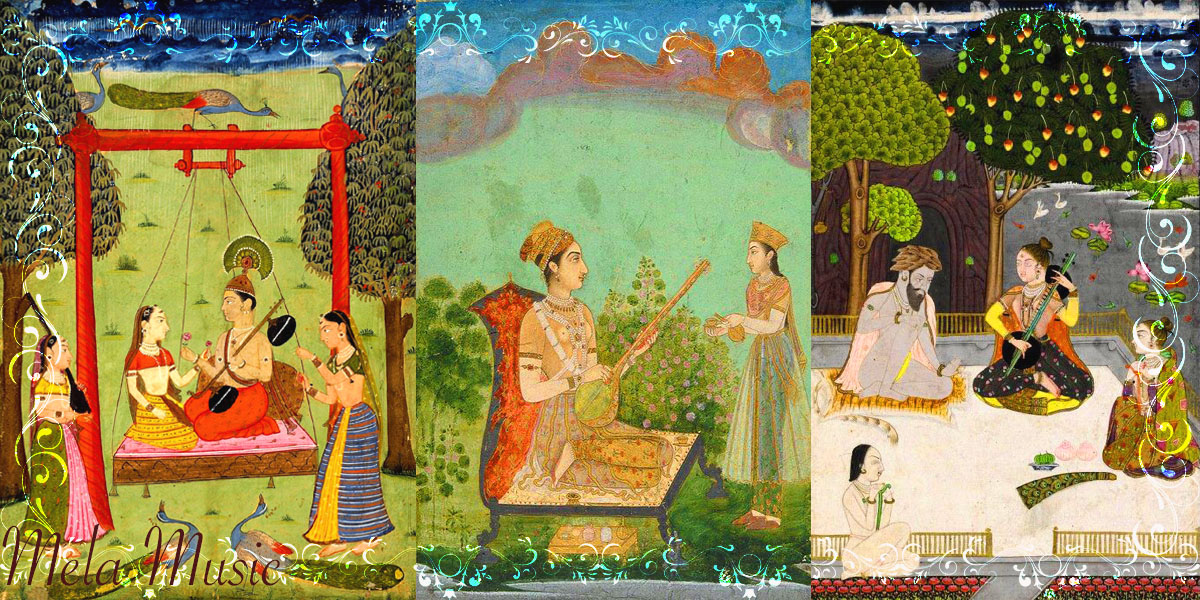
Tarana, in Indian classical music, is a distinctive and lively form of composition primarily associated with the North Indian Hindustani tradition. It is characterized by its rhythmic and mnemonic syllables, known as “bol,” and is often used as a concluding piece in a classical vocal or instrumental performance. Tarana compositions are known for their energetic and rhythmic patterns and are typically sung in a fast tempo. Tarana compositions are composed in many different ragas.
Key features of tarana include:
1. Bol Patterns: Tarana compositions consist of a series of rhythmic syllables (bol) that are vocally rendered by the performer. These syllables may not necessarily carry a specific linguistic meaning but are chosen for their rhythmic and percussive qualities.
2. Repetitive Structure: Taranas are known for their repetitive structure, where a set of bol patterns are repeated throughout the composition. This repetition creates a hypnotic and entrancing effect.
3. Bols and Tala: The bol patterns in tarana are intricately woven into the rhythmic framework of a specific tala (rhythmic cycle). The performer’s vocal or instrumental rendition aligns with the tala’s beats and cycles.
4. Lively and Uplifting: Tarana compositions are typically characterized by their lively and uplifting nature. They are often used to build excitement and energy in a performance, especially in the latter part of a concert.
5. Concluding Piece: Taranas are frequently employed as a concluding piece in a classical music performance.
6. Improvisation: While taranas have a structured format, skilled musicians often incorporate improvisational elements within the composition, adding their own creative touch to the rendition.
In summary, tarana is a distinctive form of composition in Indian classical music, characterized by its rhythmic and repetitive bol patterns, alignment with a specific tala, and its capacity to infuse energy and vibrancy into a performance. It represents the rhythmic and melodic richness of the Hindustani classical tradition.
Content Provided By: Sangeetpedia
